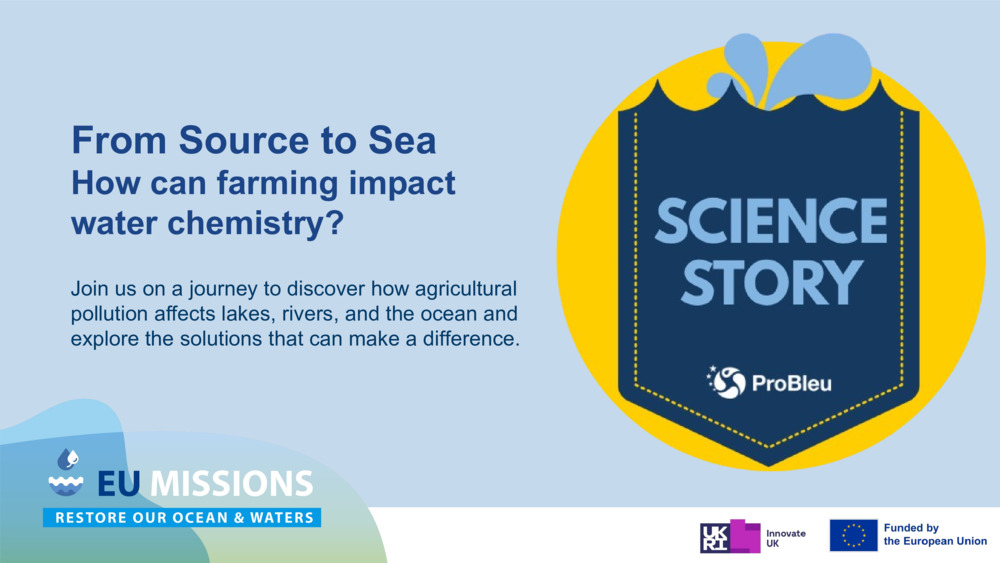Notes on creating an infographic
Notes on creating an infographic
Notes on creating an infographic An infographic should have: A clear subject and story A unique, attention-grabbing title and tagline A clear storyline with a clean and well-structured layout – a layout that supports people browsing the information or jumping to the information that interests them the most Readers should be able to get the immediate over-arching message and then be able to dig deeper into the content/smaller chunks of information An engaging and visually-driven design ensuring the graphic is not too crowded and is eye-catching Text and images and data connect the dots of your story and your story is chunked into sections in a way that makes sense (Information courtesy of Dr. Robin Cox, Associate Professor, School of Humanitarian Studies, Royal Roads University) Part 3: Deep Dive into Ocean Acidification

Presentazione originale: Water Chemistry with Plymouth Marine Laboratory
Argomenti: Risorse sostenibili. Deossigenazione. Oceano. Acqua dolce. Chimica degli oceani. Inquinamento da nutrienti.
Età adatte: 12. 13. 14. 15. 16. 17. 18.
Parole chiavi: Acidificazione degli oceani. Acidità. Agricoltura. Alcalinità. Biologia. Carbonio. Chimica. Diossido di carbonio. Eutrofizzazione. Indicatori. Ipossia. Molecole. Nutrienti. Ph. Reazioni chimiche.
Caricato da: pml-admin
Numero di pacchetti che utilizzano questo contenuto: 1
Licensed under CC BY 4.0
Questo contenuto è stato utilizzato nei seguenti pacchetti di risorse:
Chimica dell'acqua con il Plymouth Marine Laboratory
L'insegnamento della chimica dell'acqua è importante perché collega ar...
Leggi la storia di Science